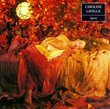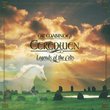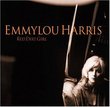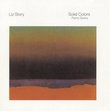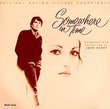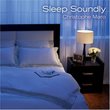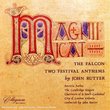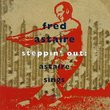| All Artists: Peter Phillips, The Tallis Scholars Title: The Tallis Scholars Live in Rome Peter Phillips directs the Palestrina 400 Concert Members Wishing: 0 Total Copies: 0 Label: Gimell UK Release Date: 7/9/2002 Album Type: Import, Live, Original recording reissued Genres: Special Interest, Classical Styles: Opera & Classical Vocal, Historical Periods, Baroque (c.1600-1750), Early Music Number of Discs: 1 SwapaCD Credits: 1 UPC: 755138199422 |
Search - Peter Phillips, The Tallis Scholars :: The Tallis Scholars Live in Rome Peter Phillips directs the Palestrina 400 Concert
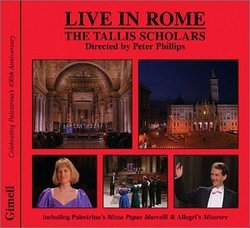 | Peter Phillips, The Tallis Scholars The Tallis Scholars Live in Rome Peter Phillips directs the Palestrina 400 Concert Genres: Special Interest, Classical
The Tallis Scholars - Live in Rome |
Larger Image |
CD DetailsSynopsis
Album Description The Tallis Scholars - Live in Rome Similarly Requested CDs
|
CD ReviewsA voice teacher and early music fan George Peabody | Planet Earth | 01/15/2007 (5 out of 5 stars) "THE PALESTRINA IS SUPERB AND SUNG WITH GREAT EMOTION, BUT ALLEGRI'S 'MISERERE' HAS TOO MUCH LOCOMOTION! On February 4,1994, the 400th anniversary of Palestrina's death, the Tallis Scholars presented a concert at the church of Santa Maria Maggiore in Rome. Since Palestrina worked there, first as a chorister and later as 'masetro di cappella', no more inspiring building could be found. Certainly the excellent acoustics therein would have given the young Palestrina an idea of what could be achieved with vocal polyphony. "MISSA PAPAE MARCELLI" was written for Pope Marcellus II in 1567 in order to prove that polyphony could be concise and musically impressive. However, he only attempted it in two of its five movements, and prefaced its publication with the words 'novo modorum genere' broadly speaking 'a new form of expression'. Music was definately moving towards a harmonically-based,word-orientated idiom, thus paving the way for the Baroque. In the four double-choir motets sung on this disc,Palestrina showed that he could put this style to good use. "SURGE, ILLUMINARE" shows the antiphonal writing of these double-choir settings. Palestrina's setting of the "STABAT MATER" is one of the supreme achievements of the Renaissance period in music. The setting of "ALMA REDEMPTORIS" is a straightforward composition with scarcely a polyphonic phrase in it. Originally written for two choirs which never overlap, it is often sung with a single choir as it is on this recording. Allegri's "MISERERE" is a partially harmonised setting of a plainchant psalm (no.51). Allegri composed this for the Sistine Chapel Choir and it was jealously guarded as their exclusive possession until copies of it started appearing some time during the 18th century. The 14 year old Mozart supposedly copied it from memory after hearing it one time. We know that this is probably true!!!! The Tallis Scholars have always been an outstanding group no matter what the personnel is at the time, and it does change from year to year. Their performances are almost always outstanding. Having said that, I have to add that the "MISERERE" rendition is not nearly up to the standard that was recorded in 1980 on Gimell's 25th anniversary disc. If you have not heard this, please purchase this as it was recently reissued at half price and it is absolutely the BEST recording of not only this selection , but several others. Michael Chance is the solo countertenor and his voice is stunningly beautiful. It was also taken at a much slower tempo that allowed for a more emotional delivery. " Superb Performance of Reformation Era Catholic Masses B. Marold | Bethlehem, PA United States | 10/06/2006 (5 out of 5 stars) "'the Tallis Scholars Live in Rome' is a long drink of cool water to those of us who may listen to a lot of 'old music', especially liturgical music from the late Middle Ages through the Counter-Reformation and the arrival of Telleman, Vivaldi, and Bach.
Part of the charm of the recording is certainly due to the ambiance of audience and very large space in the Basilica of Santa Maria. Oddly enough, the appreciative applause of the audience almost distracts from the ambiance of performing a work of worship in a cathedral. But oh what a performance. I would easily trade in two 'Anonymous 4' recordings and a Palestrina trading card for this recording if I had to. It should not be lost on the listener that this work was innovative, and done in a time of much turmoil, as Western Europe was about 40 years into the Reformation when the work was done, and this upheaval was not to be resolved for another 80 years, after the conclusion of the 30 Years War. One can be grateful that the Pope / patron of the day had time to sponsor such beautiful works in between doctrinal disputes." |

 Track Listings (12) - Disc #1
Track Listings (12) - Disc #1
